top of page
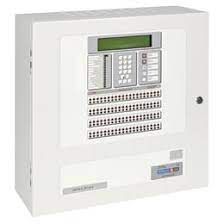
Fire Alarm Panel
A fire alarm control panel is a central control device that receives input from various types of fire detection sensors and initiates an appropriate response when a fire is detected. This response can include activating alarms and notification systems, closing fire doors, and providing information to the building's occupants about how to evacuate safely.
Fire alarm control panels are typically found in commercial and industrial buildings, as well as in some residential buildings. They are designed to be easy to use and maintain, with clear instructions and indicators for system status and operation. Some fire alarm control panels also have the capability to interface with other building systems, such as elevators, HVAC systems, and sprinkler systems, to facilitate an orderly and safe evacuation in the event of a fire.
Fire alarm control panels are typically required by building codes and are inspected and tested regularly to ensure they are functioning properly. They are an important component of a building's fire safety system and can help to prevent fires from spreading and reduce the risk of injury or death in the event of a fire.
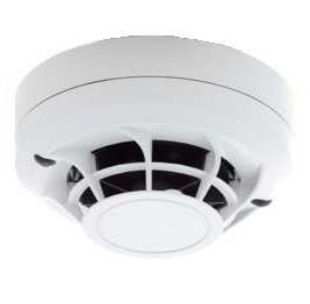
Heat Detector
A heat detector is a type of fire alarm device that is triggered by an increase in temperature. Heat detectors are often used as an alternative to smoke detectors in areas where smoke may not be detected, such as kitchens or garages. They can also be used in areas where smoke detectors may be prone to false alarms, such as in industrial or laboratory settings.
Heat detectors are available in a variety of types, including fixed temperature, rate-of-rise, and combination detectors. Fixed temperature heat detectors are activated when the temperature reaches a certain threshold, while rate-of-rise heat detectors are activated when the temperature increases at a certain rate. Combination heat detectors combine both types of detection. Heat detectors should be placed in locations where fires are most likely to start, such as near electrical panels or in areas with flammable materials. It is important to regularly test and maintain heat detectors to ensure that they are functioning properly.
Smoke Detector
A smoke detector is a device that is designed to detect the presence of smoke and alert people to the presence of a fire. Smoke detectors are an important part of home and commercial fire safety systems, as they can help to alert people to the presence of a fire and allow them to evacuate the building before it becomes too dangerous. Smoke detectors are typically installed in the ceiling or on the wall near the ceiling, as smoke rises and is more likely to be detected in these locations.
There are several types of smoke detectors available, including ionization smoke detectors and photoelectric smoke detectors. Ionization smoke detectors use a small amount of radioactive material to detect smoke particles, while photoelectric smoke detectors use a light source and a sensor to detect smoke.
It is important to regularly test and maintain smoke detectors to ensure that they are functioning properly. This includes replacing the batteries on a regular basis and cleaning the detectors to remove any dust or debris that may interfere with their operation.
— Name, Title
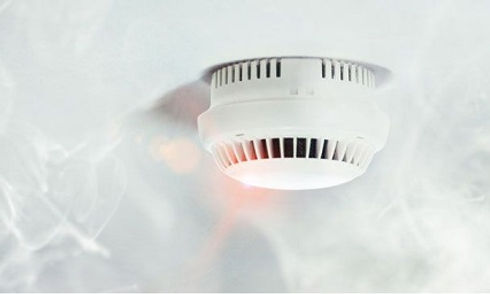
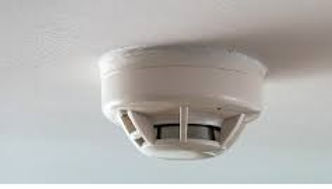
Thermal Detector
A thermal detector is a type of sensor that is designed to detect temperature changes. Thermal detectors are often used in fire detection systems to alert people to the presence of a fire, as well as in other applications where temperature monitoring is important.
There are several types of thermal detectors available, including thermocouples, thermistors, and infrared (IR) detectors. Thermocouples consist of two wires made from different materials that generate a voltage when they are exposed to a temperature gradient. Thermistors are temperature-sensitive resistors that change resistance in response to temperature changes.
— Name, Title
Manual call point
A manual call point, also known as a pull station, is a device that is typically installed in a building or facility as part of a fire safety system. It is used to initiate an alarm in the event of a fire or other emergency. Manual call points are typically located in easily accessible areas such as corridors, lobbies, and stairwells, and are designed to be activated by anyone who witnesses a fire or other emergency.
Manual call points typically consist of a button or handle that, when pressed or pulled, sends a signal to the fire alarm control panel to initiate the alarm.
— Name, Title
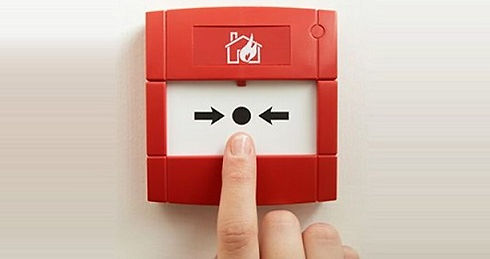
Hooter
A fire alarm strobe is a type of visual signaling device that is used as part of a fire alarm system. It is designed to emit a bright flashing light when the fire alarm is activated, in order to alert people to the presence of a fire or other emergency.
Fire alarm strobes are often used in buildings where the noise of a traditional fire alarm horn may not be sufficient to alert everyone to the emergency, such as in buildings with high levels of background noise or where the occupants have hearing impairments. They may also be used in addition to traditional fire alarm horns in order to provide both visual and auditory signaling.
Fire alarm strobes are typically installed on the ceiling or on the wall near the ceiling, and are powered by electricity. They are available in a range of sizes and styles to suit different applications, and may be used in both residential and commercial buildings. It is important to regularly test and maintain fire alarm strobes to ensure that they are functioning properly.
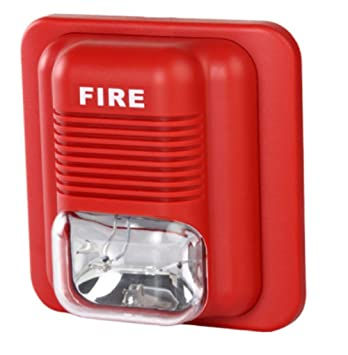
— Name, Title
bottom of page
